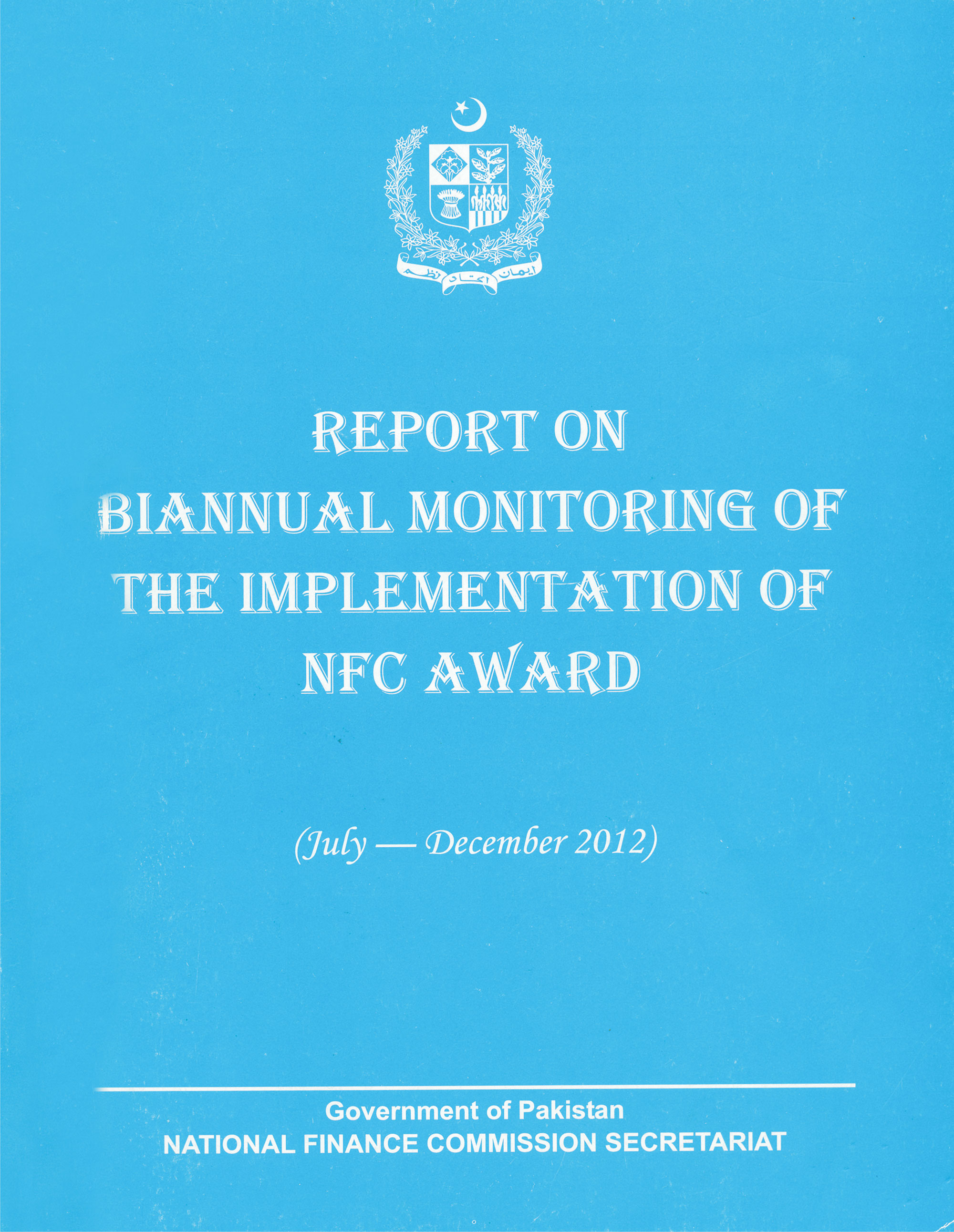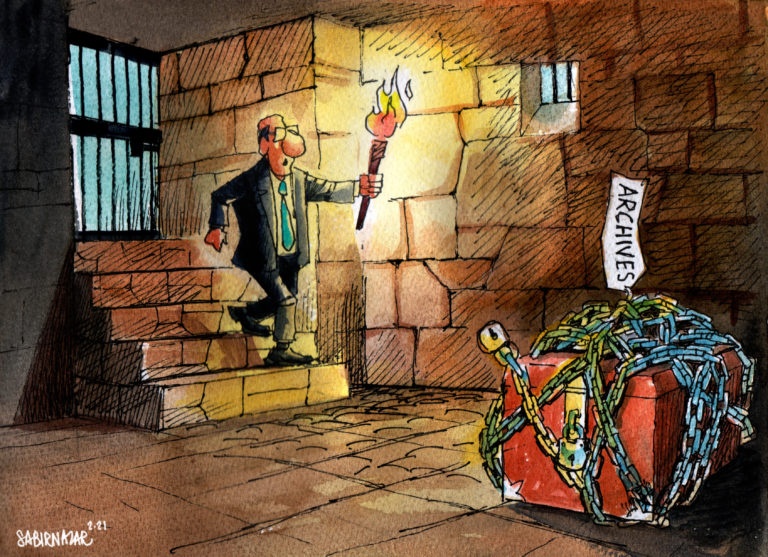By : Dr. Idrees Khawaja.
The National Finance Commission (NFC) report is produced biannually and presented to the Speaker of National and Provincial Assemblyand to the Chairman Senate by the Federal minister for finance.
The biannual NFC reports submitted so far contain concise discussion on the vertical and horizontal distribution of funds i.e. from the federal government to the provinces and amongst the four provinces.
The report provides information on distribution of revenue between the federal and the provincial government and amongst the four provinces. This information is also available for each type of tax included in the divisible pool. Thus, the report offers critical informationconcerning the implementation of the latest (currently 7th) NFC award on a biannual basis. However, the report is written in a somewhat mechanical fashion and sometime lacks adequate detail.
The methodology adopted to compile the reports provides minimum information. The information on horizontal distribution of taxes in the divisible pool, as well as straight transfers/grants-in-aid (royalties for crude oil, natural gas, gas development surcharge, excise duty on gas) is available for each province. Another important category of information is of GST on services, which is a provincial tax. This kind of information can be very useful in estimating the provincial revenue potential for any future arrangements of revenue distribution. Howeverthe reportswould be more useful, if they included discussion on possible reasons for the pattern of transfers observed overtime.
The NFC reportcan be extremely useful to researchers and policy makers. Till now, research on the subject of fiscal decentralization has remained constrained due to the lack of data on expenditure and revenue decentralization. Once a certain number of biannual reports have been published, it would be possible to develop a time series of data on various aspects of fiscal decentralization, like the size of divisible pool, tax-wise transfers to each province and so on. Thus, the NFC’s reports will help relax the data-constraint faced by researchers. Once the required data on decentralization is available, policy oriented research on fiscal decentralization can be undertaken.
The NFC report contains some discussion about the steps taken by the provincial governments to increase tax collection which, after some reasonable time, will provide the reader with enough information to assess the provincial tax potential and the relative efficiency of different provinces in collecting taxes. The availability of provincial comparison on efforts made by provinces to increase their tax revenues will put pressure on the laggards to follow the leaders.The report also contains information about the unforeseen transfers to the provinces over and above their planned shares i.e. ‘Grants in times of unforeseen calamities’.
However, information regarding efforts made by the federal government and some provincial governments to increase their tax-GDP ratio is not adequate.
Suggestions to improve reporting culture/dissemination
The NFC report seems to have failed to attract wider audience as under the present practice, the report is only submittedby the ministry of finance to the Speaker(s) of the National and Provincial Assemblies and the Chairman Senate. The report has not even been discussed in the national or provincial assemblies.
The information contained in the report is especially useful to academia, researchers and politicians, including those who are not members of the Parliament.A wider dissemination of the report will attract larger interested audience. Measures may be taken to disseminate the report to universities, research institutes and media to attract a larger audience, generate better discussion and boost awareness.
In this regard, existing avenues for the dissemination of reports may be explored such as the Pakistan Economic Survey. The Survey already contains information on the NFC award and provides relevant data on distribution of revenue therefore the NFC’s biannual reports can be annexed to Pakistan Economic Survey. This will ensure wider dissemination and would provide the readers with additional detail. Moreover, seminars should beorganized to discuss the report which will help generate discussion about the content and quality of the report.
The report being presented to a wider audience will generate more debate andin turn bring greater accountability. It will also push the provinces to increase revenue mobilization.
Lastly, based on these biannual reports, a final five-year assessment report could be produced. A thorough picture presented in the reports will aid in analyzing trends and drawing out policy implications.


